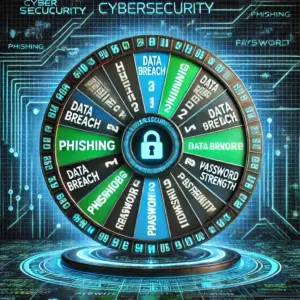10 Essential Cybersecurity Best Practices for Your Annual Spring Cleaning
Spring is the perfect time to refresh not only your home but also your digital security. Implementing cybersecurity best practices annually ensures your personal and business data remain protected against evolving threats. Just as you declutter your physical space, taking time to clean up your cybersecurity habits can help safeguard sensitive information and prevent breaches. Cybercriminals are constantly evolving their tactics, making it crucial to stay ahead with proactive security measures.







